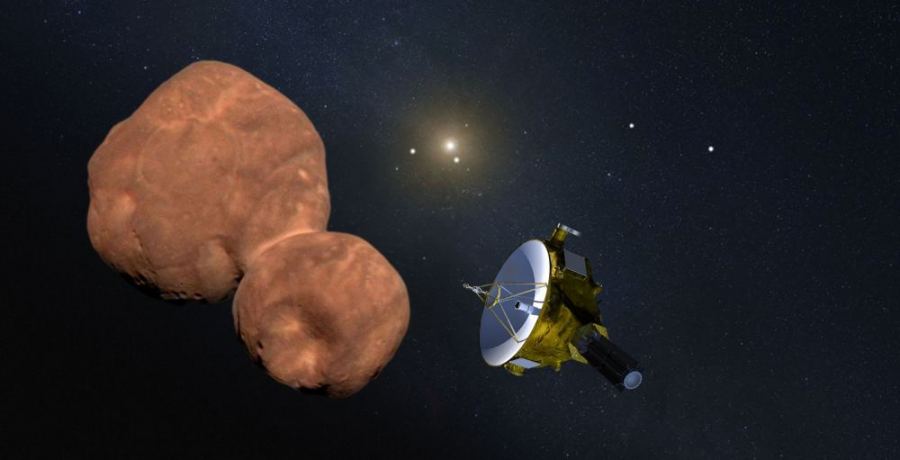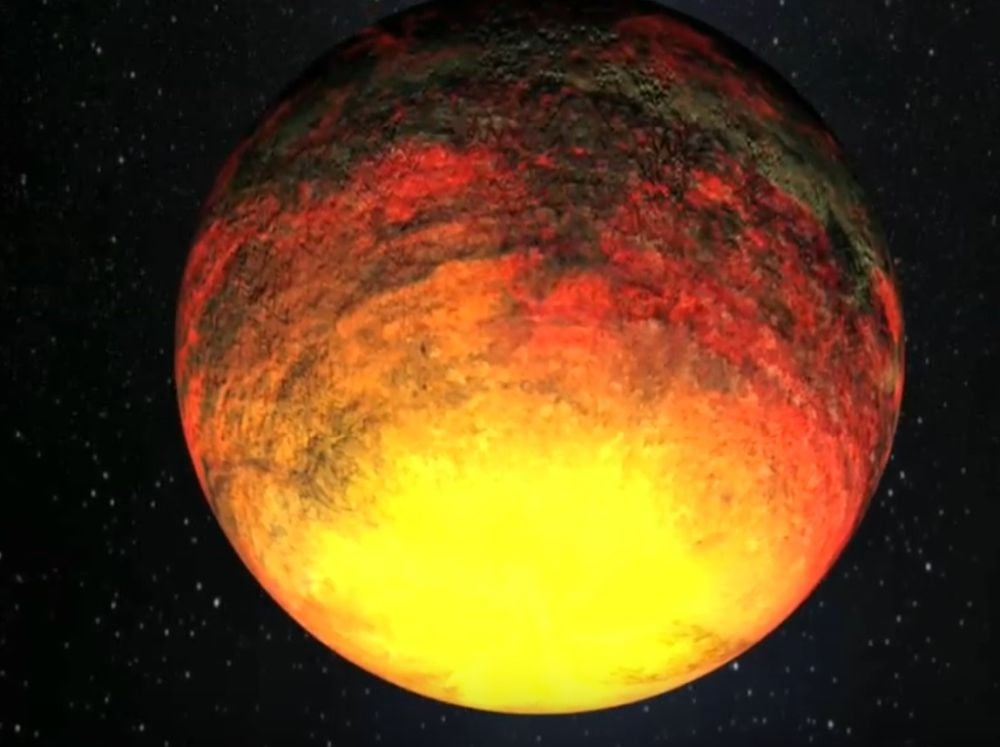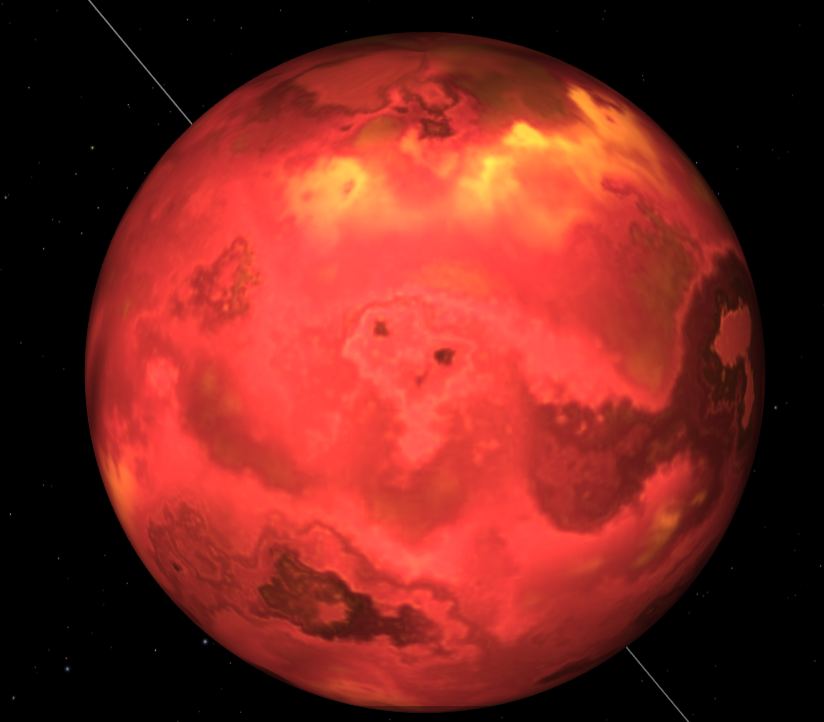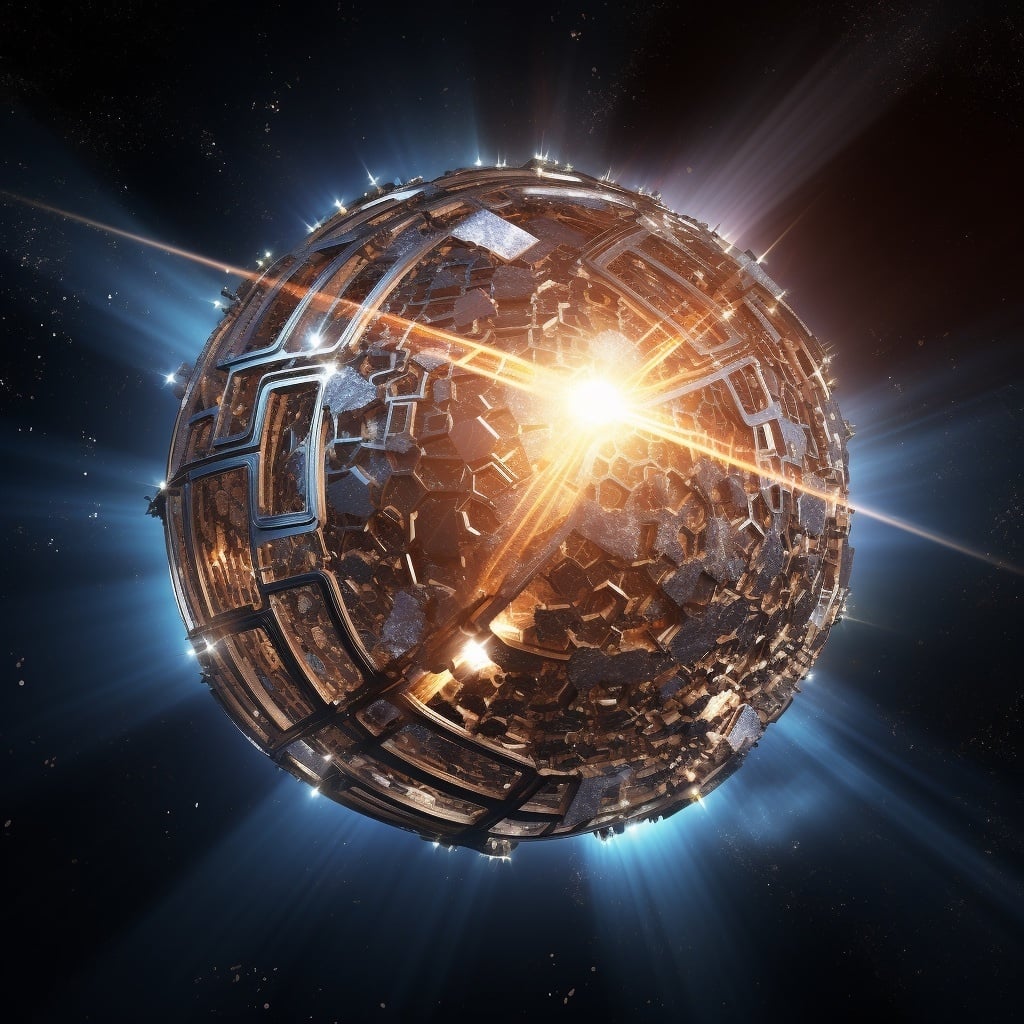
Continue reading

Continue reading

Continue reading

Hot jupiters are giant planets that orbit extremely close to their stars, completing an orbit in a few days or hours. We have nothing like them in the Solar System, but astronomers think they're present in roughly 1% of star systems. But all stars? According to a new study, hot jupiters are mainly a young star thing. They looked at all the hot jupiters discovered so far, compared them against the estimated age of the stars, and found that the young stars had hot jupiters. They suggest that orbital decay pulls hot jupiters closer and close until they're inevitably consumed, which is why we don't see them around old stars.
Continue reading

Continue reading

The Perseverance rover captured images of a dust devil on Mars, which were used to create this video.
Continue reading

Continue reading

Continue reading

In 2009, astronomers watched a bizarre mystery unfold. An enormous star, with 25 times the mass of the Sun, faded away and disappeared. Although it had been long theorized, it's believed this was a type of failed supernova, where a giant star imploded into a black hole without a bright flash. Astronomers have turned the mighty JWST on the region and found a bright infrared source. Their observations match a stellar merger instead of a single star failed supernova, but there are still more questions than answers.
Continue reading

Continue reading

The supermassive black hole at the heart of M87 was the target of the Event Horizon Telescope, revealing the area around its event horizon for the first time. Although an accretion disk surrounded the black hole, astronomers weren't sure if the black hole itself was rotating. They imaged the region with radio telescopes and discovered the remnants of polar jets, showing that the black hole's rotation axis had undergone precession over time. This precession indicates that the black hole is rotating; they're just not sure how quickly yet.
Continue reading

Continue reading

Technicians at Berkeley Lab are building an experiment that will conduct radio astronomy on the far side of the Moon starting in 2025!
Continue reading

Continue reading

Barnard's Star is the second closest star system to Earth, at a distance of 5.96 light-years. It's another red dwarf system well positioned close to the celestial equator. Astronomers have observed Barnard's Star with the 500-meter FAST radio telescope, scanning for any signals from an advanced civilization.
Continue reading

Continue reading

How massive is the Milky Way? According to a new study using data from ESA's Gaia spacecraft, less than we thought. A new estimate puts the Milky Way's mass at 200 billion times the mass of the Sun, which is 4-5 times less than previous estimates that pegged it closer to a trillion solar masses. Using detailed information about millions of stars, astronomers were able to build an extremely accurate rotation curve for the Milky Way and use that to estimate its mass. They found that the rotation of the Milky Way isn't typical for large spiral galaxies, decreasing its estimated mass.
Continue reading

Continue reading

Since the discovery of antimatter decades ago, particle physicists have wondered if these particles were repulsed by gravity. Einstein predicted that despite having opposite charges to its regular matter counterparts, antimatter should still behave like matter does concerning gravity. This has been tricky to confirm experimentally since it's hard to make enough antimatter to observe its behavior. Particle physicists have finally pulled it off, using the ALPHA-g experiment at CERN, generating antihydrogen atoms and then dropping them in a 3-meter tall vertical shaft.
Continue reading

A new study shows how existing observatories like the ESO's Very Large Telescope (VLT) can be upgraded to perform cutting-edge astronomy
Continue reading

Astronomers still don't know what dark matter is, but one of its characteristics is that it has a small "cross section," which means that it doesn't interact with regular matter or itself. However, if it's possible to trap dark matter in a region dense enough, it might interact and annihilate, releasing gamma radiation. A new paper suggests that astronomers use gamma-ray observatories to scan white dwarf stars to discover whether there's an excess of radiation coming from them. This might mean there's dark matter trapped inside, providing more clues to its nature.
Continue reading

Continue reading

Continue reading

Continue reading

Continue reading

A new study estimates that there could be 11,000 habitable planets within 100 parsecs of our Sun, the nearest being 20 parsecs away.
Continue reading

NASA teams have started the intricate process of removing the samples of asteroid Bennu from their canister.
Continue reading

Continue reading

Continue reading

Continue reading

Continue reading

Continue reading

Continue reading

Continue reading

A new study recommends we stop looking for megastructures and start searching for advanced civilizations who have moved multiple planets in their star's habitable zone.
Continue reading

Continue reading

Continue reading

On Sunday, September 24th, NASA's OSIRIS-REx mission will deliver samples from the asteroid Benny.
Continue reading

Continue reading

Continue reading

Continue reading

Our biology limits our vision. Our eyes can only perceive specific wavelengths of light. But what if we could see the Universe in gravitational waves? A new NASA simulation mapped out hundreds of collisions between dense objects, like white dwarfs, neutron stars, and black holes. These collisions happen within galaxies, sending ripples of gravitational waves across the Universe, and would allow astronomers to recreate the shape of galaxies over time. Upcoming observatories will detect tens of thousands of ultra-compact binary stars, providing even higher resolution—an entirely new way to observe the Universe.
Continue reading

Continue reading

Continue reading

Continue reading

The first stars in the Universe were enormous, made of primordial hydrogen and helium from the Big Bang. They lived short lives, exploded as supernovae, and seeded nearby nebulae with heavier elements that began the next generation of stars. Our telescopes aren't powerful enough to see them yet, but have astronomers found their direct descendants? The metal-poor stars in the galactic halo seem to show the imprints from those first stars and could offer valuable clues about the first stars in the Universe.
Continue reading

Continue reading

Dark matter might have its own force, mediated by dark photons similar to the way electromagnetism is mediated by photons. A new study shows that not only are dark photons consistent with experiments in particle physics, they could also solve the g-2 anomaly for muons.
Continue reading

Continue reading

A new study recommends looking for Dyson Spheres that are smaller, orbit closer to their suns, and might still be under construction.
Continue reading


















































